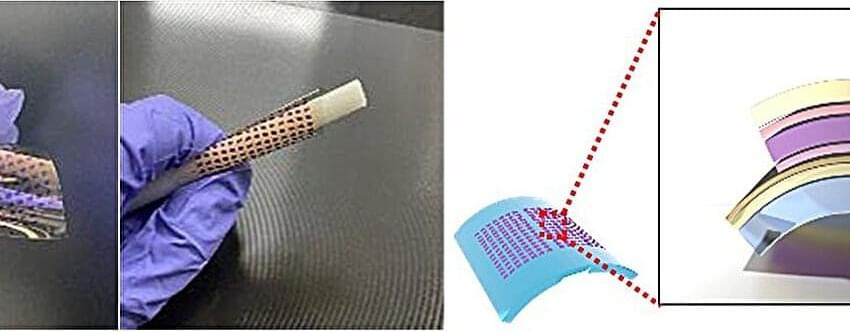Harvard researchers developed liquid crystal elastomers that can switch between multiple shapes — chevrons, flat layers, and coils — in response to heat.
By aligning molecules in different directions, the material can be programmed to morph into domes, saddles, or fin-like motions inspired by stingrays and jellyfish.
The shape-shifting material could advance applications in soft robotics, biomedical devices, and smart textiles.
Liquid crystal elastomers are a class of soft materials that can change shape in response to stimuli such as light or heat — making them promising for applications in soft robotics, wearable and biomedical devices, smart textiles and more. But designing compositionally uniform elastomers that can change into different shapes in response to just one stimulus has been challenging and has limited the application of these potentially powerful materials.
Now, researchers from the Harvard John A. Paulson School of Engineering and Applied Sciences (SEAS) have developed a way to program liquid crystal elastomers with the ability to deform in opposite directions just by heating — opening up a range of applications.
The research was published in Science.
(May be a repost from 2024)








